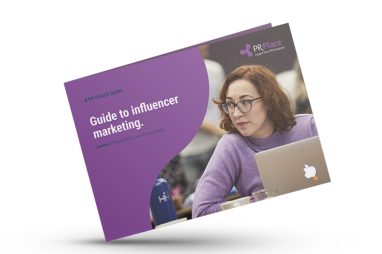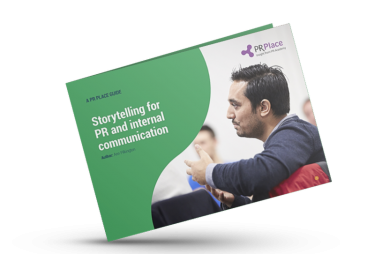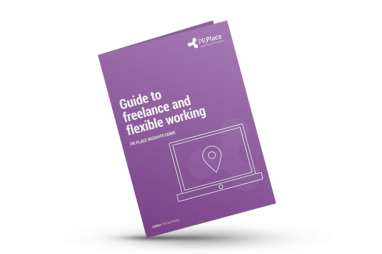PR planning toolkit

About the author
Richard Bailey Hon FCIPR is editor of PR Academy's PR Place Insights. He teaches and assesses undergraduate, postgraduate and professional students.
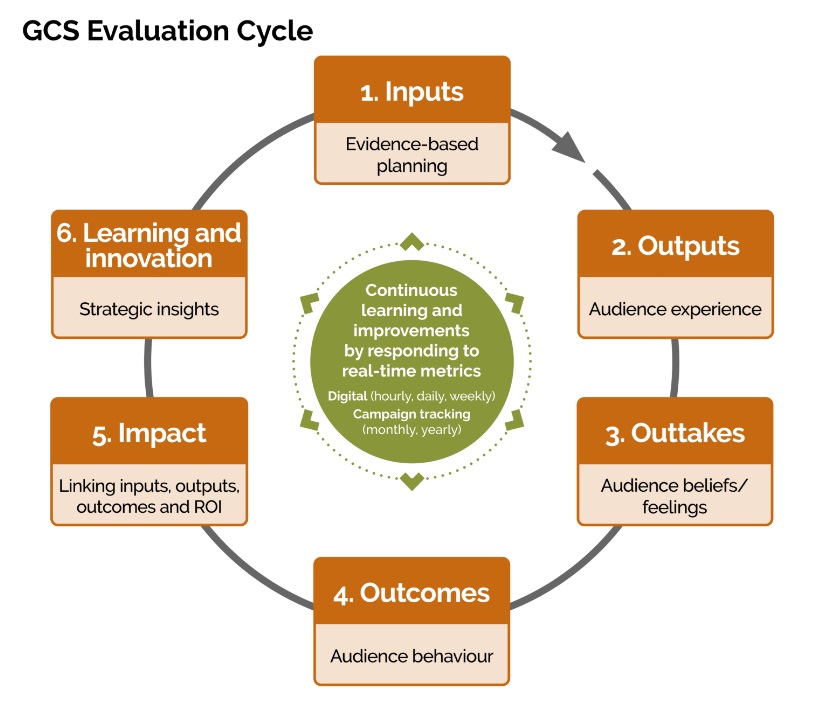
The late Mark Weiner, author of PR Technology, Data and Insights called it ‘the public relations continuum’.
He was describing the familiar cycle that begins with an understanding of where you are now (‘situation analysis’), before proceeding through objective setting and onto activity before ending with evaluation.
As Weiner described it:
‘The process is cyclical rather than linear: every program begins with an assessment of the landscape in which it operates before progressing to setting measurable objectives, developing strategy, creating and executing tactical campaigns and, finally, evaluation for continuous improvement.’
There are many variations of this familiar cycle, and this article has no claim to originality. Instead, it’s a resource pointing you to some well-known models and frameworks that can help you improve your planning, insight, execution and evaluation. At very least, it will help you become familiar with the language of inputs, outputs, outtakes, outcomes and impact.
Marketing communication planning models
There are many of these. An early version is John Marston’s 1963 RACE model (Research, Action, Communication, Evaluation).
Many other authors have created their variations on this theme. We’ve chosen PR Smith’s SOSTAC model to illustrate here.
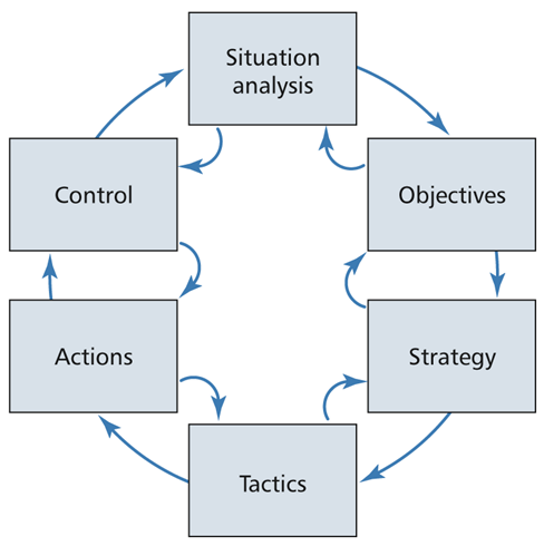
Public relations planning models
Within the public relations literature there are two classic variations on this theme.
In a venerable US textbook, Cutlip, Center and Broom offered a four-step model based on a series of memorable questions. What’s happening now? (situation analysis). What should we do and say, and why? (strategy). How and when do we do and say it? (tactics). And how did we do? (evaluation).
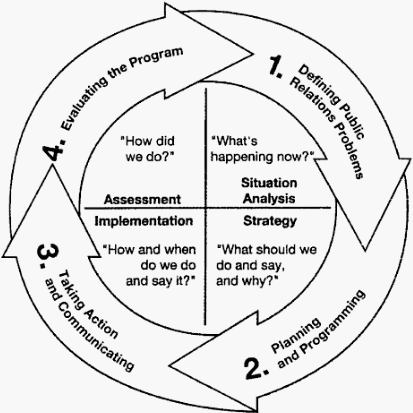
In simplifying the process into four stages, no mention is made of stakeholder analysis nor of objective setting. So some may welcome the more explicit 12 steps in Anne Gregory’s planning model.
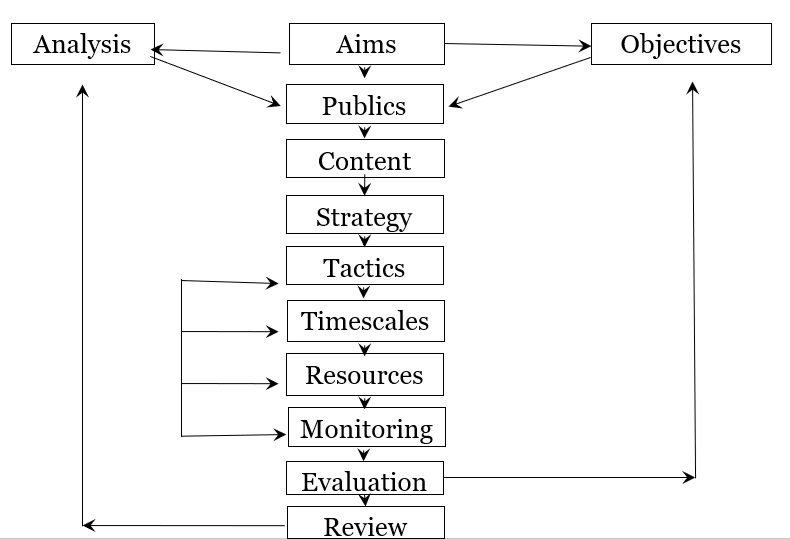
There are critics of what appears to be a very linear approach to planning, among them the Dutch scholar Betteke van Ruler who has proposed an agile model of planning. She explains:
‘The traditional planning method is based on the classical theory of scientific management and a rather old-fashioned view of how to build strategy.’
But Anne Gregory herself (together with Paul Willis) has proposed a much more sophisticated model to represent the contribution of strategic public relations to organisations in their four by four (4×4) model. It’s not a planning model as such, but it is a very useful framework for viewing the strategic purpose of public relations and comms. Before you achieve a licence to plan any activity, you first have to gain the trust of a manager or a client to do so. That’s where this model is useful.
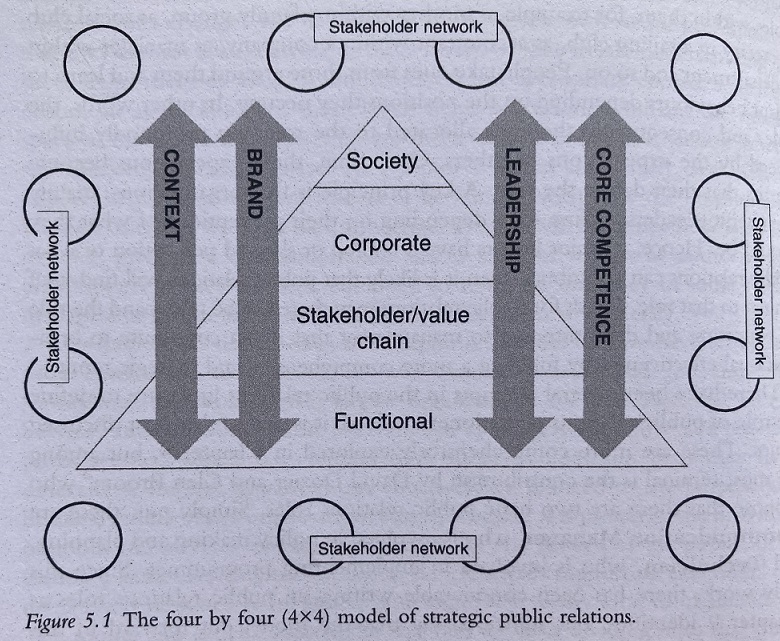
Gregory and Willis explain:
‘The model attempts to make sense of the organisation’s place in the stakeholder network by viewing it through the lens of different strategic levels: societal, corporate, value chain and functional.’
Within this the authors identify four attributes or ‘DNA strands’ within excellent communicators. These are a deep appreciation of context; an excellent understanding of the brand; leadership; and public relations as a core organisational competence (because ‘responsibility for good communication and relationships does not rest on the public relations function alone’.)
Digital media planning
This division between marketing communication and public relations feels like it belongs to the last century. So for a twenty-first century media planning model many call on Gini Dietrich’s trademarked PESO model of Paid-Earned-Shared-Owned media. First published in 2014 on spinsucks.com and in the book Spin Sucks, it was updated in 2020. We are anticipating a new 2024 version that includes the impact of AI, though the early hints are that AI changes this model less than at first expected.
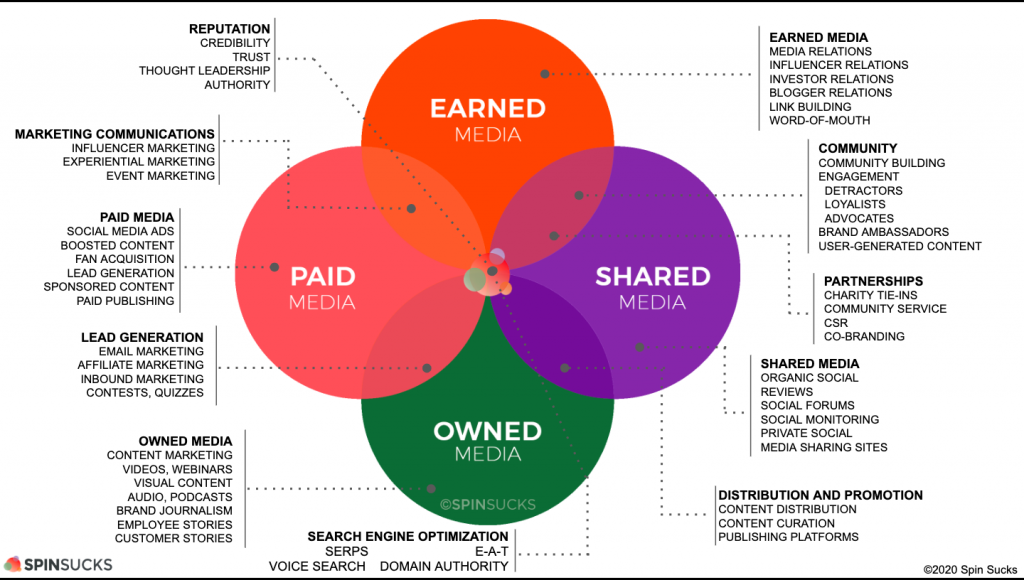
Evaluation frameworks
No organisation has done more to promote evaluation best practice than AMEC, through its statement of guiding principles (the Barcelona Principles) and its online tools such as the Integrated Evaluation Framework.
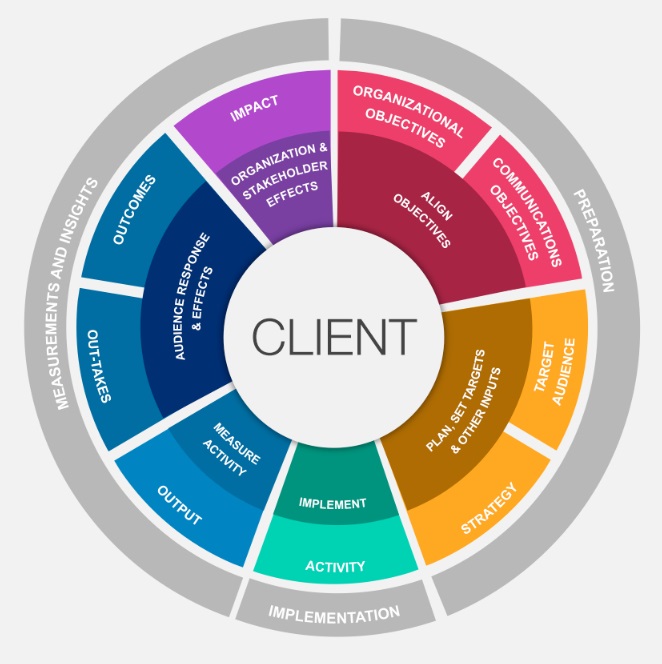
AMEC framework
The AMEC framework is based around the building blocks of the public relations continuum: Objectives, Inputs, Activities, Outputs, Out-takes, Outcomes and Impact. So it’s in effect a holistic planning model rather than a discrete evaluation model.
AMEC draws on the work of academics as well as practitioners and industry suppliers and no other individual has shaped the narrative around evaluation as much as Australian professor Jim Macnamara.
In a 2023 scholarly paper he provides the long view of the debates around public relations evaluation. In this paper he presented his ‘program logic model’ – his term for what Mark Weiner called the public relations continuum. If you’ve ever struggled to understand what’s an input, an output, an outtake, an outcome and impact then this one model makes it perfectly clear. It’s a good example of scholarship aiding practice.
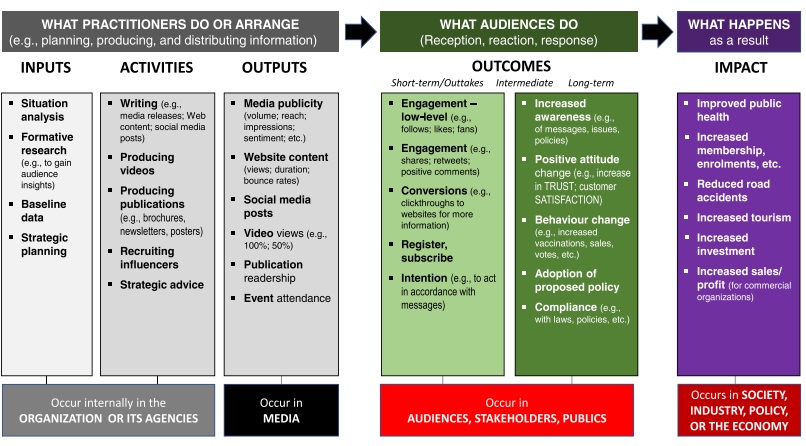
Macnamara’s Program Logic Model
Macnamara notes that ‘the strategic communication field remains media-centric, ignoring shifts in other disciplines to audience-centric approaches such as customer-centric in marketing and patient- centric in health. A reorientation to audience/public effects rather than claimed or assumed media effects is required in order to identify outcomes and impact of strategic communication.’
As if in response to this, the focus of the Government Communication Service’s Evaluation Cycle is on behaviour change rather than more easily measurable commercial outcomes such as sales; the focus is on audiences and not the media used to reach them. GCS updated its planning framework in February 2024 with a strong emphasis on learning and improvement.

You could say that with this cycle we’ve come full circle. Planning models are cyclical, and learning and improvement is built into the process.
Further reading
Gini Dietrich (2014) Spin Sucks: Communication and Reputation Management in the Digital Age, Que
Anne Gregory (2010) Planning and Managing Public Relations Campaigns: A Strategic Approach (third edition) Kogan Page
Anne Greogry and Paul Willis (2023) Strategic Public Relations Leadership (second edition) Routledge
Jim Macnamara (2023) A call for reconfiguring evaluation models, pedagogy, and practice: Beyond
reporting media-centric outputs and fake impact scores, Public Relations Review 49
Alison Theaker and Heather Yaxley (2018) The Public Relations Strategic Toolkit (second edition) Routledge
Mark Weiner (2021) PR Technology, Data and Insights: Igniting a Positive Return on Your Communications Investement, Kogan Page
